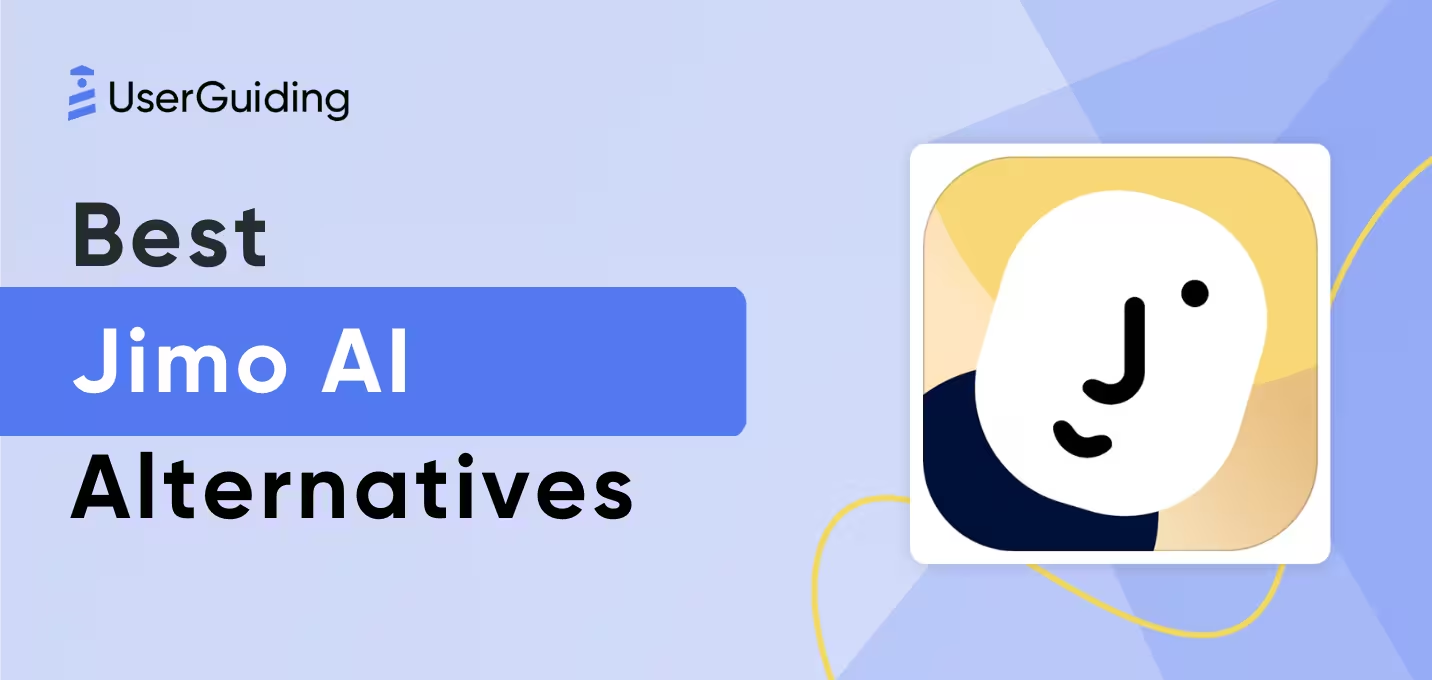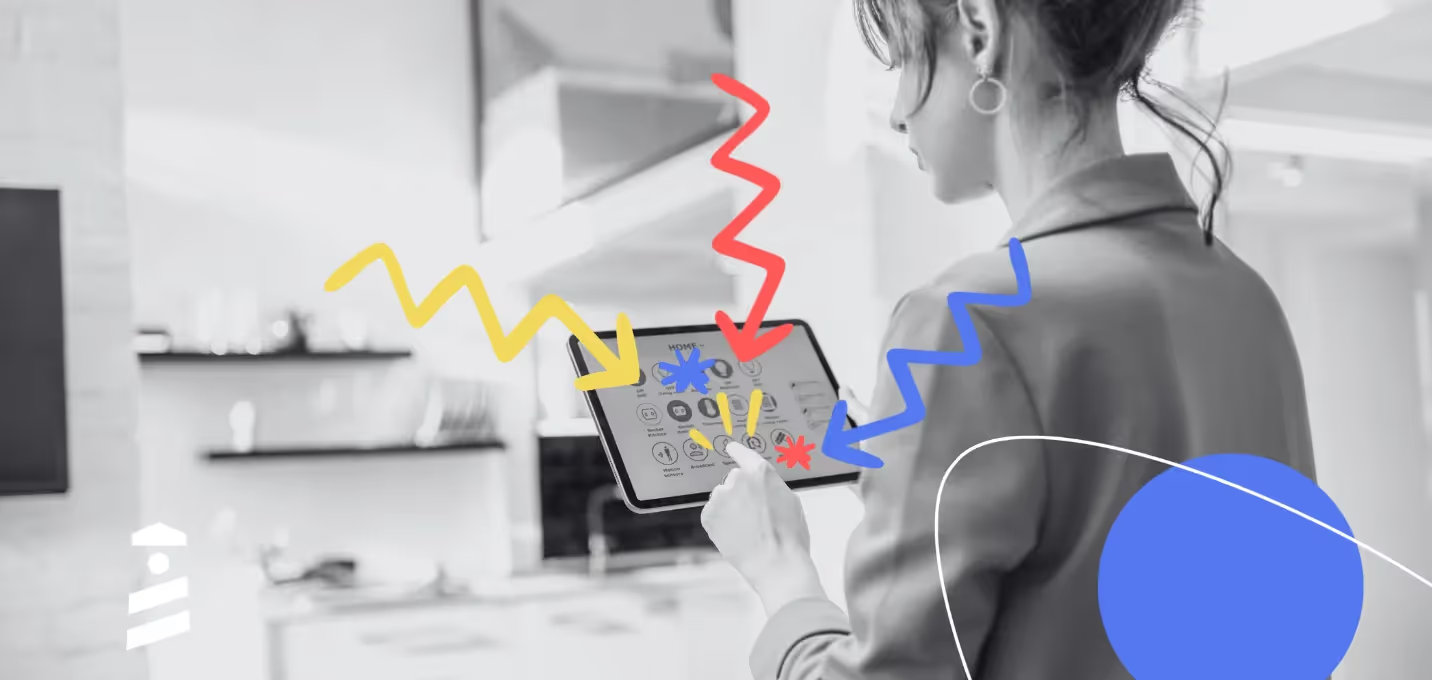

Recently, I saw an amazing ad while I was doing research about marketing campaigns.
This specific ad made me laugh until my stomach hurt:

That’s right!
You need actual people to actually grow a business. And those people need high-quality onboarding experiences to help you grow.
Everyone is already talking about app onboarding or software onboarding processes. However, many people who use eCommerce SaaS platforms forget that they also need to create an onboarding cycle.
Luckily, that process is neither difficult nor complicated.
As long as you know how to do it the right way.
Don't worry just yet, because I’m here to tell you. So, let’s dive into the essentials of Shopify onboarding.
What Is Onboarding in Shopify?
Shopify onboarding or onboarding on Shopify is an onboarding process that Shopify or users of Shopify can utilize to familiarize sellers, buyers, or merchants with the Shopify experience. While this onboarding can focus on product features and payment methods, it can also turn into onboarding merchants to key features of the seller interface, depending on whom the Shopify onboarding is meant for.
Shopify defines its merchant onboarding as such:
“Well-designed onboarding flows increase engagement with a product or feature. They’re efficient and they gradually introduce merchants to tasks that have a clearly defined goal and benefit.”
And their own signup onboarding process for sellers looks like this:

But unless you are from Shopify, you don't need to know how you can optimize this process.
You need to know how you can do better with your own accelerated onboarding process.
What brought you here is that you would like to onboard your customers and merchants to your Shopify store, but maybe you are still unsure if it is necessary.
Let me tell you, though: onboarding customers and merchants to your Shopify store is essential for your business.
Why?
Well:
Why You Should Onboard Your Customers and Merchants to Your Store the Right Way
An average app loses 77% of daily activation rates within the first three days of installation, and this rate goes up to 90% in 30 days.

In other words, people decide not to use your app in only three days.
Why?
Because they either don’t know how to get the most out of the app, or they are bombarded with spam notifications or ads, and they don’t want it anymore.
Why is that?
Because people don’t easily convert into customers and quickly get a tendency to churn.
And why is this?
Because if you lack these 3 qualities, you won’t get recognized as a solid and trustworthy merchant:
1- A good first impression is a must for B2C
Whether you provide an interactive onboarding experience or you decide to go with an email onboarding process, as long as you get the user to get your value, you will bind them for a long time.
An awesome onboarding experience is like a good quality concierge of a hotel.
It greets you well.
It treats you well.
It leads you well (to your destination, which is probably the room. I wanted it to rhyme.)
No customer will be interested in your core company values (or shop values) unless you greet them well.
And providing an amazing onboarding experience is the easiest and cheapest way possible to get customers to understand what you offer and that it is valuable to them.
On top of that:
2- If your customers don’t know how to navigate, you won’t be able to grow
Quick tip for continued growth:
Investing in an action-oriented remote onboarding program will be the best choice you have ever made.
Here is why:
- You create an entire process of accelerated onboarding,
- People easily get to the “Aha!” moments through the amazing onboarding flow,
- The number of customers who make purchases increases (key growth metric alert),
- Your growth strategy becomes a model for every other shop
The fact that you have an online business means that you are responsible for providing your customers with proper navigation.
You don’t have shopkeepers, you don’t have cashiers, you don’t have a supplies office, but you must have an onboarding program that compensates for all these.
And also:
3- If your merchants can’t use your shop, you won’t be able to sell
In the equation for your online business growth, besides customers, you need to take merchants into account.
What are you going to sell if your merchants don’t know how to update stocks and availability?
An amazing onboarding experience is not only the right of users; it’s also necessary for merchants to sign up for and access your storage.
An average merchant is often familiar with going through manual processes for merchant onboarding, but with the right development tools, turning high-risk merchants into prospective merchants isn't a dream.
Here is an in-depth guide by Shopify that explains how the in-app merchant onboarding process works.
And as for the rest, here is how to create a fail-proof remote onboarding process for your Shopify users and merchants:
8 Steps to Create a User Onboarding for Your Shopify Page
To give you clear demonstrations, I created an onboarding process for a Shopify store with UserGuiding.
Don't forget to try your hand at it yourself ⬇️
The first thing I did was to:
1- Decide on the type of onboarding
There are various ways of creating a good onboarding.
The most effective and popular methods are:
- Modal-based onboarding,
- Video onboarding,
- Interactive onboarding.
I decided to go with the third, and here is what I did next:
2- A welcome modal is a must-have
Remember when I was talking about first impressions?
Now is the time to show your customers how good you are at it.
Don’t just jump into showing people how good you are at creating interactive tours. Greet them first.
Get them excited and willing to take the tour.

And also, never keep an interactive onboarding process longer than 8 steps.
As for the copy:
3- Use educational content, not dictational
In a nutshell, educational content should:
- Inform, but not overwhelm.
- Incorporate feedback at every step, whether successful or not, so merchants know the effect of their actions.
- Use plain language.
- Use consistent terms about the core benefit across the flow. Clarify confusing or unfamiliar terms with tooltips.
- Always offer a next step. Use step terminology such as “next, first, then.”
- Explain why new tasks need to be completed.
- Reinforce and repeat key concepts. Start with detailed explanations and steadily simplify for subsequent steps in the flow.
4- Stress on the most important parts only
So, no tour should be longer than 8 steps. Right?
So you have to cherry-pick what you are going to show off with those 8 steps.
I personally created a 6-step tour in which there is a welcome modal and an exit modal.
Except for those two, here is what I did:

I directed the customers' attention straight to the point where I wanted it to be.
And there is one more thing that could possibly distract people:
5- Keep the copy short
People don’t want to read paragraphs over paragraphs.
They don’t want to listen to you bragging about how amazing your services are. They want to see what value you provide.
So the copy you write should represent you.
It’s not about what you write; it’s about how you write it.
Here is how I wrote it:

I'd say I did a pretty good job matching the copy for the tooltips to the cookies' purpose.
And the only thing that is more convincing than words in onboarding is:
6- Use visuals
Use gifs. Use photos. Use an avatar.
Go crazy; use your own face.
Use an attracting element, a visual, to act as your focal point so that you catch the users’ attention.
Because no matter how short your copy is, if it’s not supported with visuals, it can turn out to be boring.

The visual in the image is actually a gif. You can find it in the conclusion part of this article.
But does the onboarding end with one product tour?
No!
7- Ask for feedback
People love to be heard.
And any product/website/platform needs improvement.
You also need your customers to trust you with their whole hearts. And you know that they love to be heard.
That’s why you should conduct NPS surveys, ask for feedback, ask for reviews, and keep them guessing what's next and just how much better your product can be.

8- Keep them in the loop
Onboarding is not a one-time thing.
In fact, it is a process that never ends as long as your product keeps updating.
So, it is vital that you keep your users in the loop and your merchants up-to-date all the time by integrating a continuous onboarding cycle.
You can regularly ask for feedback, put announcement banners once in a while, or send them emails or newsletters – all depending on your user base.
Conclusion
Here is what my complete onboarding process I prepared on Partake's shop looks like:

For legal purposes, the discount is not real and I made it up for the sake of creating an onboarding demonstration 😋
The free shipping part is true, though.
All in all, if it weren’t for the sake of the interactive onboarding, I wouldn’t be as interested in Partake as I am now.
I bet you feel the same way.
And that’s exactly why you should include an onboarding process on your Shopify page.
Frequently Asked Questions
What is onboarding in Shopify?
Well-designed onboarding flows increase engagement with a product or feature. They’re efficient and they gradually introduce merchants to tasks that have a clearly defined goal and benefit.
What is the best tool for Shopify Onboarding?
The best tools for Shopify Onboarding are 3rd party digital adoption platform software. UserGuiding is one of the leading companies that are also affordable.
What is eCommerce onboarding?
eCommerce onboarding is mostly similar to website onboarding and user onboarding. Here you can find detailed information about it.

















.svg)
.svg)
.svg)
.svg)
.svg)

.svg)
.svg)












.svg)
.svg)




.png)
















